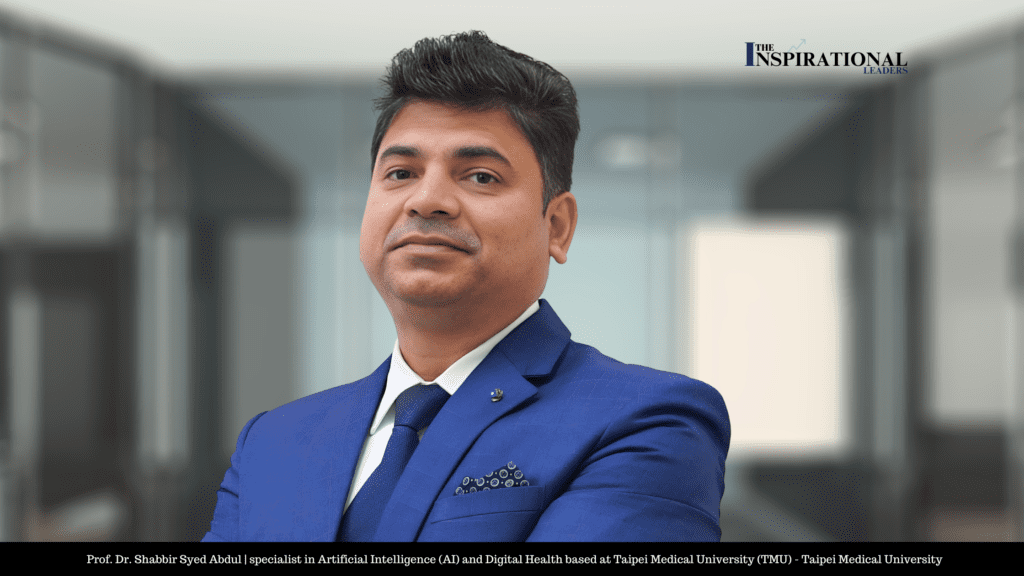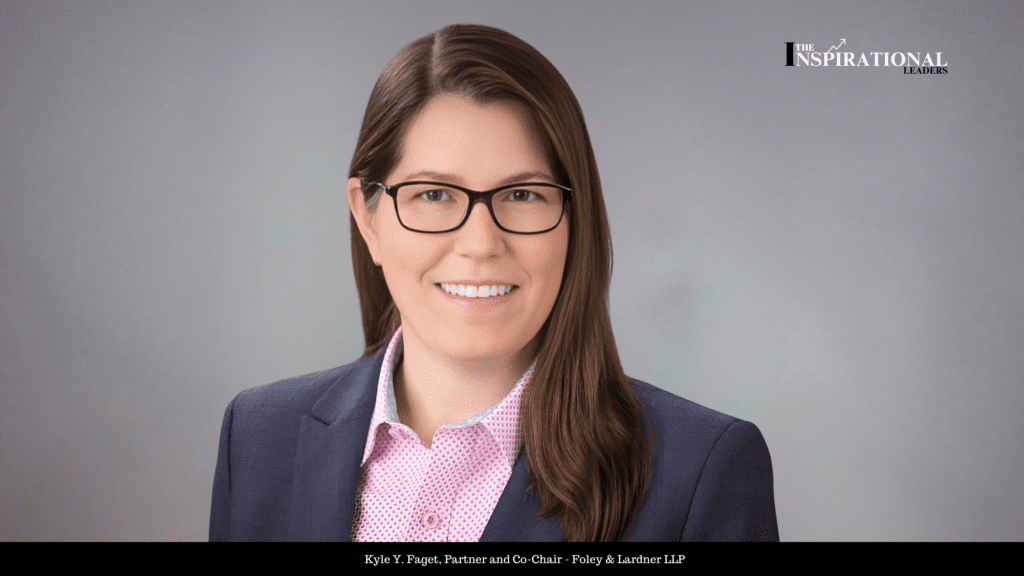DeeJay Smith: Advancing Brand Protection and eCommerce Leadership at LifeScan
Digital Version DeeJay Smith, Head of Global Brand Protection and eCommerce Sales at LifeScan, has charted a dynamic and purpose-driven journey that blends legacy, passion, & innovation. His professional narrative is not just one of corporate ascent, but also a testament to the power of strong brand stewardship and consumer trust. Smith’s early experiences and pivotal roles at iconic consumer goods companies laid a solid foundation for his expertise in combating counterfeiting, ensuring regulatory compliance, and leading global brand protection efforts at LifeScan, a global leader in glucose monitoring and diabetes management. “I believe in the principles of Servant Leadership. Throughout my career, the leaders who had the biggest impact on me, were fully invested in their people and built strong working relationships. I trusted that those leaders had my best interest and the best interest of the company when difficult decisions were made.” A Legacy Rooted in Brand Respect Smith’s affinity for consumer brands took root in his childhood. Growing up in Colorado, his father owned a food brokerage business. It was from him that Smith learned the value of brand equity and the importance of protecting it. “My dad used to say, ‘After you graduate college, try to get on with P&G, J&J, or John Deere – they are the best in the world at capturing a brand’s value,’” he recalls. Fulfilling that vision, Smith began his career in 1985 as an entry-level sales manager at Procter & Gamble (P&G). Over the next two decades, he worked on multiple billion-dollar brands and partnered with top U.S. retailers and wholesalers. In 2005, P&G tapped him to lead the development of a “Best in Class” Brand Protection program across the Americas and Asia Pacific. His work included collaborating with law enforcement and customs agencies worldwide, including China’s Public Security Bureau, to stop counterfeit products at the border. The scope of this work was vast, and fittingly, his business card read “Senior Brand Protection Manager, Western Hemisphere.” Upon retiring from P&G in 2018, Smith launched a consulting firm called e-Light, dedicated to illuminating the “Shadow Supply Chain.” Within months, Johnson & Johnson’s divestiture of LifeScan led to an invitation for Smith to head its Global Brand Protection operations. LifeScan: A Mission-Focused Brand LifeScan is a global diabetes care company that provides products under the OneTouch brand, used daily by millions worldwide. Smith’s role is pivotal in ensuring the authenticity, safety, and regulatory compliance of these life-impacting products. He leads anti-counterfeit and fraud prevention efforts globally. In a strategic expansion of responsibilities four years ago, Smith was also tasked with unifying best sales practices across LifeScan’s global eCommerce teams. Interestingly, his father’s advice proved prophetic: Smith’s second job was with LifeScan—then a Johnson & Johnson subsidiary—and his eldest son now works for RDO, the largest John Deere dealerships in the U.S. “I’m sure my Dad is looking down from heaven enjoying the fact that his son and grandson followed his career advice to the letter,” he says warmly. Navigating the Modern Brand Protection Landscape According to Smith, brand protection leaders today face ever-evolving threats, especially within digital commerce. “Manufacturers are facing dynamic challenges taking place at rocket speed,” He heard is once said, “If a consumer brand doesn’t have a counterfeit problem, they have a marketing problem.” One of the most pressing issues is the exponential growth of global online marketplaces and social media commerce, which create new avenues for counterfeiters. While many platforms have committed significant resources to curbing illicit activity, Smith notes that bad actors continually exploit technological loopholes. The rise of artificial intelligence adds complexity—while it aids in a Brand Protection Manager’s ability to detect counterfeit goods, it also arms fraudsters with sophisticated mimicry tools. A Proactive Strategy at LifeScan LifeScan’s brand protection strategy aligns with its overarching mission: safeguarding patient safety. Smith explains, “We focus on protecting the safety of OneTouch patients globally, protecting our brand equity, and defending the company financially.” This is achieved by disrupting the counterfeit supply chain, empowering law enforcement and customs officers, reducing illegal online listings, and proactively preventing fraud. The company’s agile approach enables it to adapt to threats in real time. Tools, Technologies, and Strategic Alliances Smith has long recognized the value of innovation and collaboration. While at P&G, he helped launch a program in partnership with U.S. Customs and Border Protection (CBP) to improve shipment screening accuracy. The initiative became a benchmark for public-private cooperation in border enforcement. CBP and P&G Case At LifeScan, the internal use of cutting-edge tools and strategic partnerships allows the company to identify and disrupt fraud before it impacts consumers. The company also works with third-party experts to monitor thousands of online listings globally. “Our goal is to make sure every OneTouch patient feels safe buying our products from reputable online marketplaces,” Smith emphasizes. Fostering Cross-Functional and External Collaboration Smith views cross-functional support as a cornerstone of successful brand protection. “It may be the most important fundamental,” he asserts. At LifeScan, he collaborates closely with Legal, Regulatory, Manufacturing, Finance, and Commercial teams. He even maintains a direct line to the CCO and CEO, underscoring the importance of brand integrity to LifeScan’s executive vision of “Creating a world without limits for people with diabetes.” Externally, Smith engages with outside counsel, investigators, law enforcement, and global industry groups such as the International Anti-Counterfeiting Coalition (IACC). This collaborative ecosystem strengthens LifeScan’s ability to respond swiftly and decisively. Restoring Trust Through Action One particularly impactful initiative involved a rare breach where a small batch of counterfeit test strip packs made it onto online platforms. Once identified, LifeScan acted quickly, coordinating with the platforms to remove the perpetrators and tighten access protocols. All potentially affected consumers were notified, asked to discard the suspect packs, and sent replacements—at the expense of the platforms. “This decisive action played a key role in building consumer trust,” Smith recalls. The Power of Data and Frontline Awareness Data analytics plays a critical role in LifeScan’s brand protection efforts, especially given the stringent regulatory statutes governing




